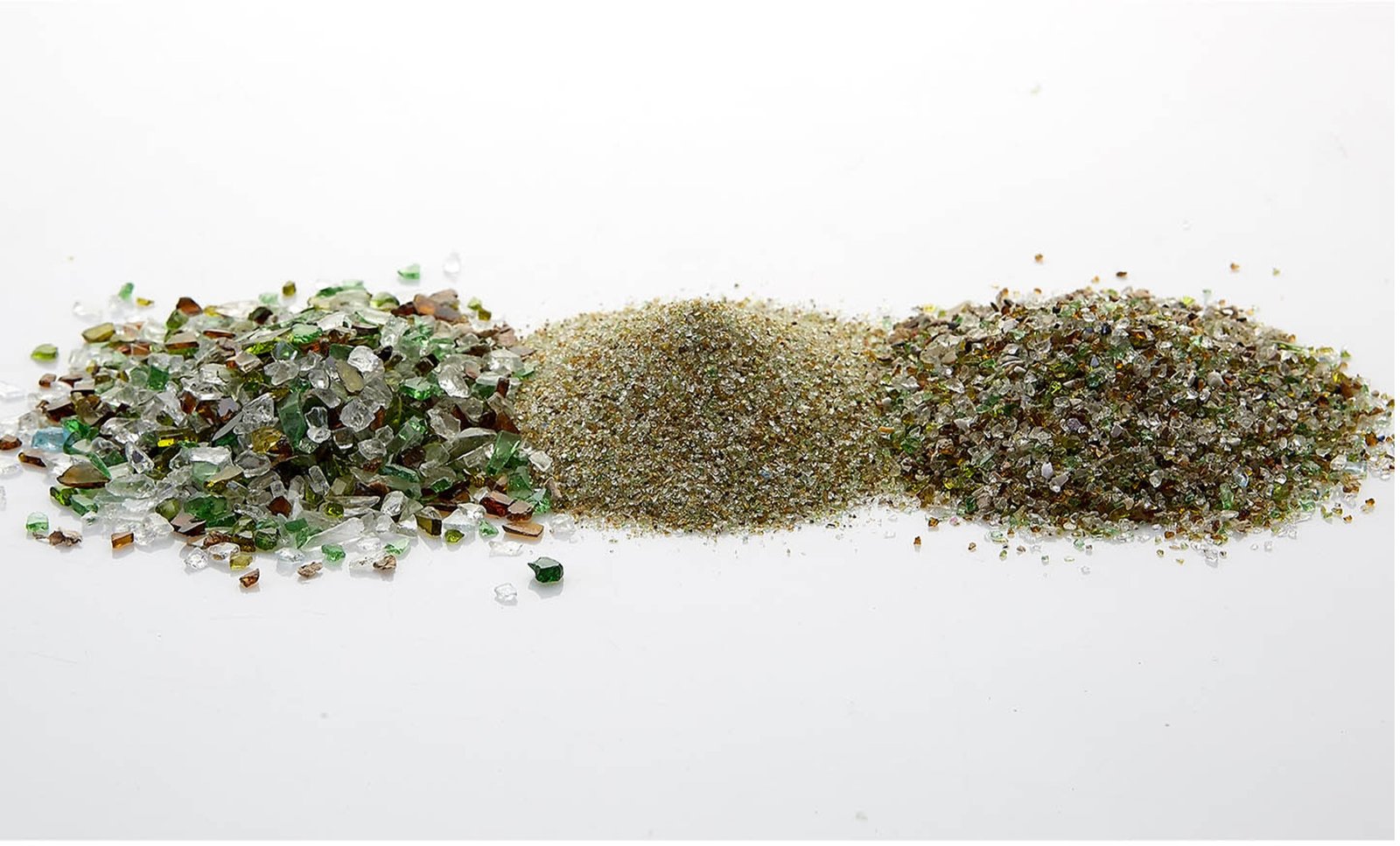
Importance of Uniform Grain Sizing in Filtration Media
When it comes to selecting the right filtration media for water and wastewater treatment, most people focus on the material itself — whether it’s sand, anthracite, or glass. While media type is important, one critical but often overlooked parameter is uniform grain sizing. This technical aspect plays a major role in determining how well a filtration system performs, how efficiently it operates, and how long it lasts.
What Is Uniform Grain Sizing?
Grain size refers to the diameter of individual particles in a filtration media. Uniform grain sizing means that all particles in the media are nearly the same size, typically within a narrow size distribution or “effective size range.” This is measured using the Uniformity Coefficient (UC), where a lower UC (close to 1.0) indicates high uniformity. Media with a high UC have wide variation in grain sizes, which can lead to inconsistent filtration.
Why Uniform Grain Sizing Matters
The size and consistency of grains affect the hydraulic behavior, filtration efficiency, and maintenance requirements of the filter. Here’s how:
- Consistent Flow Distribution: Uniform grains create evenly distributed pore spaces. This ensures water flows uniformly through the filter bed, reducing the risk of channeling — a phenomenon where water takes the path of least resistance, bypassing much of the media and leading to poor filtration.
- Improved Filtration Efficiency: Consistent grain sizes result in tighter packing of the media, enhancing particle capture through mechanical straining, sedimentation, and adsorption. This ensures higher removal rates of suspended solids and turbidity.
- Reduced Backwashing Requirements: Uniformly sized grains resist compaction and fouling better than irregular grains. This means backwash cycles are fewer and more efficient, saving water, energy, and operational costs.
- Longer Media Life: Media with uniform grain size has better structural integrity and resilience during repeated backwash cycles. This leads to extended service life and better return on investment.
Why Glass Media Excels in Grain Uniformity
Unlike natural sand or silica, glass filtration media is manufactured under controlled conditions. This allows for precise sizing and shaping of grains to match specific filtration requirements. Virgin glass media offers:
- Tightly controlled grain distribution
- Low uniformity coefficient (often <1.5)
- Highly angular and consistent particle shape
These characteristics give glass media an edge in achieving superior filtration performance. The uniformity of the grains means better bed packing, reduced risk of channeling, and consistent removal of contaminants like turbidity, TSS (Total Suspended Solids), iron, manganese, and even biofilm-forming particles.
Real-World Benefits of Uniform Grain Glass Media
- Better water quality: High removal efficiency of particles, organic matter, and microbes.
- Lower operational costs: Due to lower backwash frequency and volume.
- Greater system uptime: Less clogging and more stable pressure drop across the bed.
- Environmental benefits: Reduced water wastage and longer media lifespan.
What Customers Should Look For
Before selecting a filtration media, customers should demand to know:
- What is the uniformity coefficient?
- Is the media sieved and classified under controlled conditions?
- Is there quality assurance or certification for sizing?
- Has the media been tested in actual filtration systems?
For high-performance applications such as drinking water, swimming pools, industrial wastewater, and tertiary treatment systems, uniformity isn’t optional — it’s essential. Uniform grain sizing is the unsung hero of efficient filtration. It enhances performance, reduces maintenance, and ensures long-term cost savings.
Glass filtration media, with its precisely controlled and uniform grain sizes, outperforms traditional media in every measurable way.
Customers who look beyond the surface and evaluate grain uniformity will make more informed, performance-driven decisions that benefit their systems and the environment alike.







About The Author: Pure Water
More posts by Pure Water